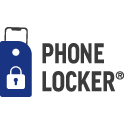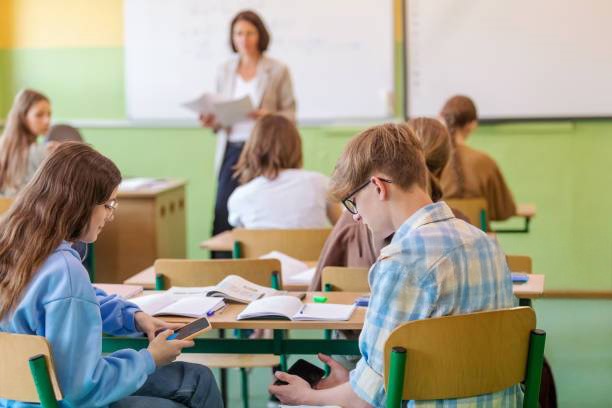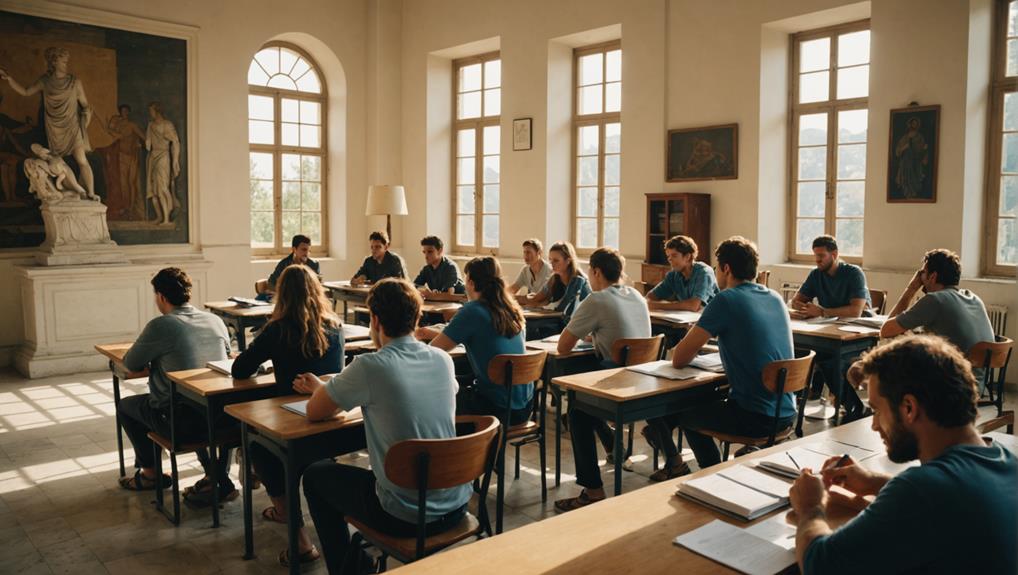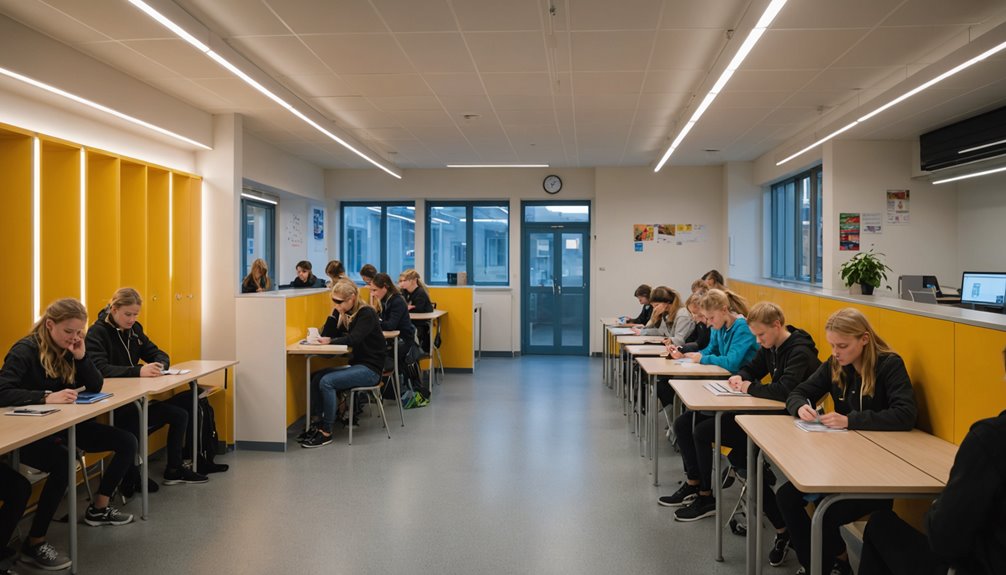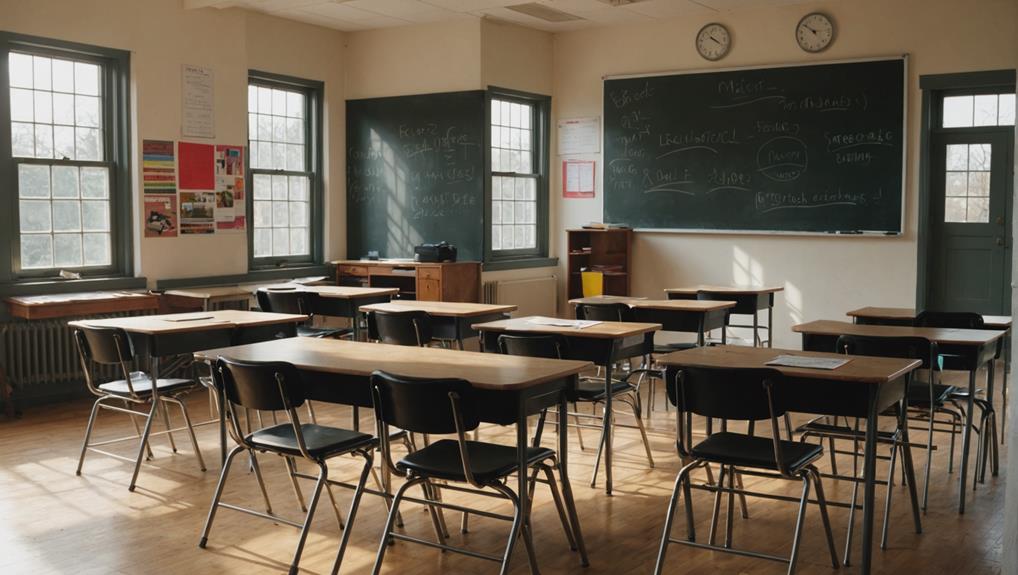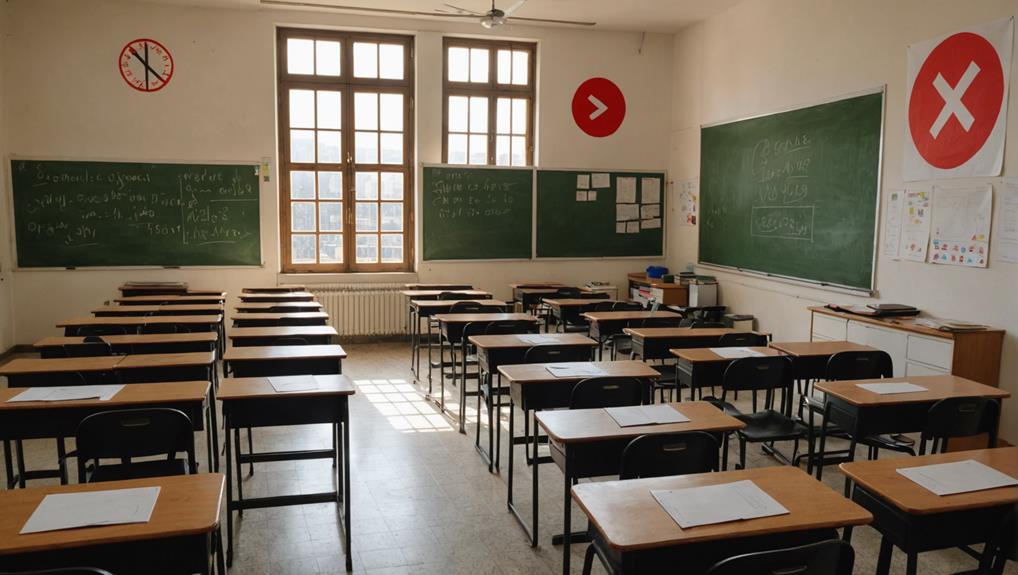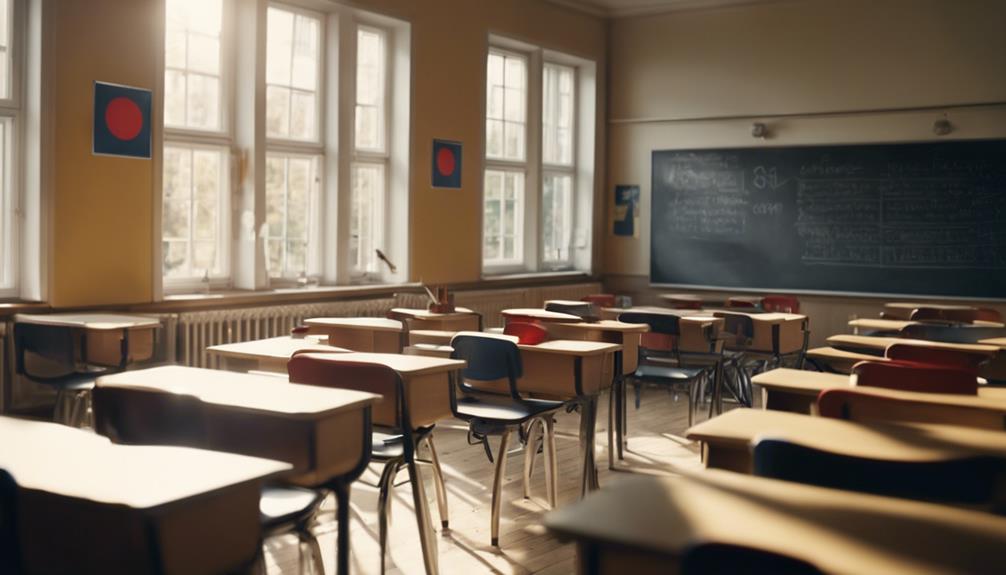Canada: How NOT to do a school cellphone ban?
In 2024, Canada’s school phone ban expanded from Ontario (back in 2019) to cover most provinces. But is it working? We take a look at some of the feedback in Ontario.
With students bleary-eyed from late night scrolling, texting during the national anthem, snapchatting under their desks, and even ordering takeout, feedback from teachers is that engagement has plummeted and grades have been declining in recent years.
No wonder then that Canada has decided to follow others in banning phones. UK schools have seen better grades, Australian schools have noted a 63% decline in critical social media incidents, and there’s further feedback showing pupils are engaging more, thanks to less distraction.
Ontario first implemented a ban for Grades 7 – 12 in November 2019, which was strengthened in 2024, with other provinces doing the same. Whilst cellphones may still be the core focus, targets were firmly set on reducing social media and messaging addiction, which was also encouraging another major issue – the increasing trend of vaping.
- A CAMH study showed that 35% of Ontario’s secondary school students spend 5 hours or more on electronic devices a day.
- A 2022 Statistics Canada report found that more than one-fifth of adolescents aged 15 to 17 years reporting vaping in the previous 30 days.
The updated cellphone ban rules
Ontario’s cellphone restriction in 2019 wasn’t a provincewide edict, which meant it was left to the respective school boards to work out how they would apply the rules. Inevitably then, years later, some schools didn’t implement anything at all.
Ontario have updated the rules to be:
- Phones banned entirely in the school day for Kindergarten to Grade 6
- Grades 7 and above will be allowed cellphones in breaks
- Exceptions can be made to make a call (e.g. to parents)
- Teachers are requested to follow the rules, too
- Social media is banned, with WiFi restrictions
The new rules set basic expectations around the action that is supposed to be taken when a student is caught with their phone, but local school boards are able to implement their own disciplinary measures for repeat offenders. In a press conference, Ontario Premier Doug Ford said it was ultimately up to the school principals and teachers to enforce the rules.
Most provinces are similar in their approach – see our other post for a breakdown.
How’s the cellphone ban gone so far?
There’s been ministerial announcements, exhaustive media coverage, ad campaigns, and authoritative emails to parents to set the scene, with what looked like – at last – a full-on assault on electronic distractions after years of talk.
However, despite this promise, the results have been somewhat mixed.
To get off to a positive start, CBC News held interviews where students admitted less phone use did mean greater productivity, and a teacher enthusiastically told the news channel that students were “very much more engaged in lessons.”
However, Teacher’s Unions confess teachers are unclear on what happens if they confiscate a phone and it gets damaged or stolen in the process, or what staff should do if a student reacts aggressively to their phone being taken away, he said.
This was backed up by an interview between Macleans and a teacher wishing to remain anonymous. He shared that his school principal “urged teachers to be accommodating by default” and, even more unhelpfully, told teachers that they would be personally liable if a confiscated phone was lost or damaged.
It’s therefore unsurprising to hear education experts and teachers noting inconsistencies in how cellphone bans are enforced, with some concerned for their personal safety when they take a phone away.
Terrifyingly, a teacher shared her story in a CBC News radio interview where she had her nose broken after confiscating a phone, has been threatened with death, and been harassed by parents demanding phones back.
So, despite the buzz of new rules that most teachers felt were long overdue, it seems at the frontlines teachers aren’t being well supported.
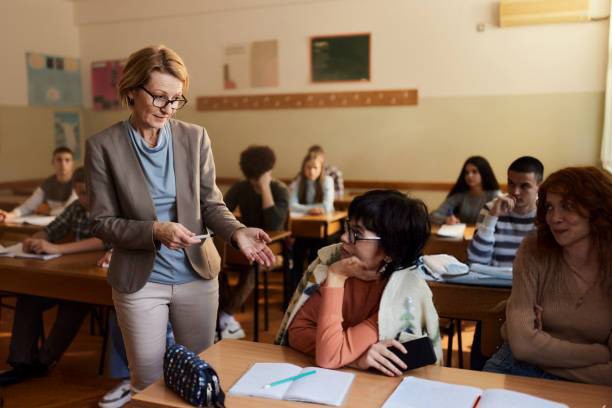

Success through buy-in
Results are clearly differing school-to-school, dramatically in some instances. So, whilst some teachers are over the moon with results, others are saying at their school the restrictions have made no difference.
Clearly, many schools need to work on engagement, and consistency. A student at Cathedral High School in Hamilton, Ontario, shared the differences there were teacher-to-teacher, with some very strict, some having a box in class for offenders’ phones, and another trusting students to be mature enough to stay off their phones. All this variation, yet the school’s official policy is that phones should be in lockers…
Sachin Maharaj, an assistant professor in educational leadership, policy and program evaluation at the University of Ottawa, commented,
“To be effective, any ban needs clear and consistent expectations, since inconsistencies and uncertainties are confusing for students. And all stakeholders need to be on board, including teachers, students, and especially parents, who are often the main source of pushback.”
What separates success from failure?
Not limited to Canada, schools around the world are finding that success hinges on support from parents and making the effort to engage with students and explain the risks of cellphones, as well as the benefits of going phone-free. It then requires the teachers to be consistent in enforcing clear boundaries, with unwavering support from their principals and superintendents.
Sadly, it seems this isn’t always happening. From the get-go, Ontario and other providences are mixing rules for different age groups, which makes it hard to be concise and clear with rules and consequences.
We also have liability issues – headteachers don’t want the headache of helicopter parents and expensive, broken smartphones.
We’ve discussed how to have an effective cellphone phone ban previously, and we believe we can solve the liability issue too – the use of lockable phone pouches.


The rise of lockable pouches
Originating in Australia, a country that’s been ahead of the curve with phone-free schools, Phone Locker® has a relatively low-tech solution to keep students from using their smartphones, whilst retaining possession.
The Phone Locker® is a fabric bag that seals with a lock requiring a powerful magnet to open, an arrangement similar to that of antitheft tags that retailers affix to clothing.
At the start of the school day, students slip their phone into the pouch and place it in their backpack or locker, and are crucially unable to cycle through Instagram, or message friends when in the classroom. At the end of the school day, they can re-open the pouch by swiping it against one of several magnetic devices positioned near school exits.
For school that embrace digital learning, teachers can also use handhold magnetic ‘unlockers.’ There’s also full signal-blocking versions of the Phone Locker® pouch, as well as an accessible velcro version that allows access for students who need their phones for medical reasons, without making them feel excluded.
To discuss using Phone Locker® pouches in your school – whether it’s in Canada or beyond – reach out for advice and a no obligation quotation.
